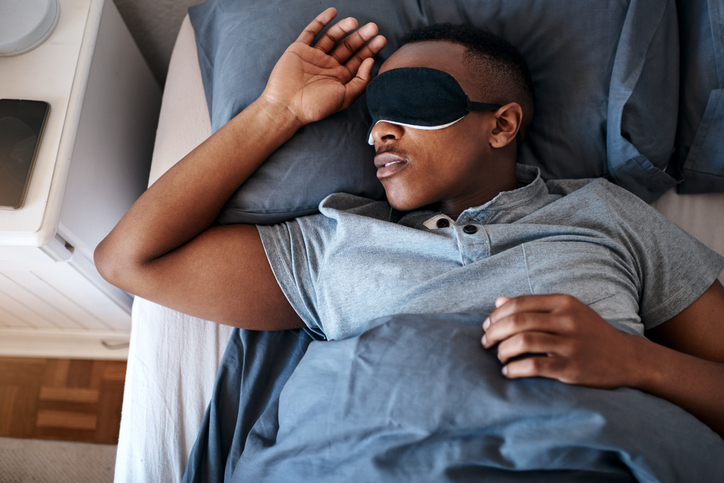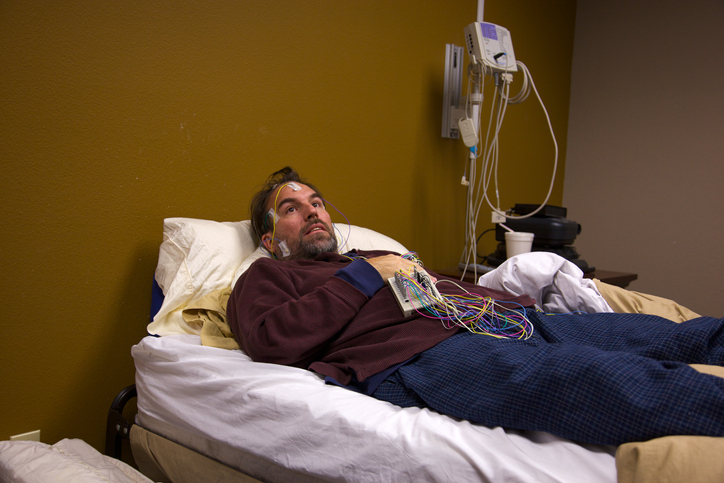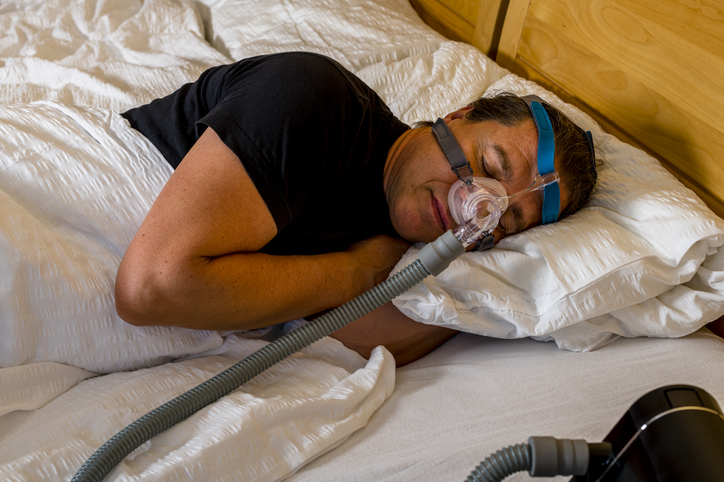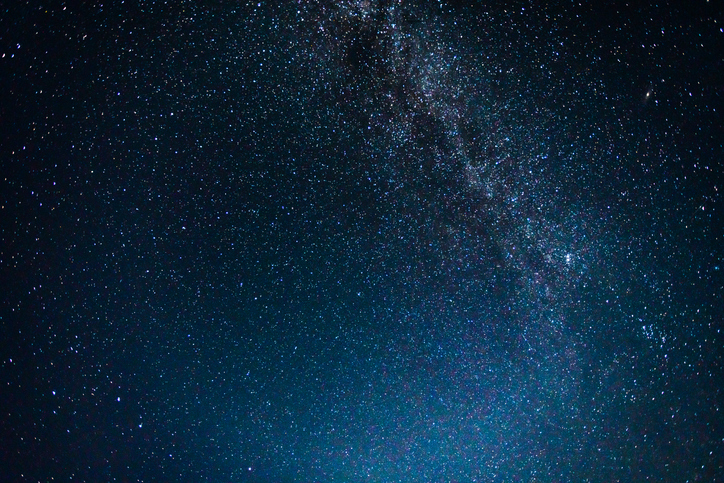Living with Chronic Pain
Types of Parasomnias

Do you find this helpful
Print
Share
Save
What are parasomnias?
Parasomnias are sleep disorders that involve abnormal sleep behavior, such as walking or talking during sleep. Parasomnias can develop at any age. Symptoms occur during different stages of sleep or during the process of waking.
Types of parasomnias
- Sleepwalking
Sleepwalking involves walking during sleep. During an episode of sleepwalking, the individual may look awake but is actually asleep. Because this occurs during sleep, the individual will not remember the sleepwalking episode the next day. Sleepwalking is most likely to occur at the beginning of the sleep cycle during non-rapid eye movement (NREM) sleep or close to end of the sleep cycle during rapid eye movement (REM) sleep. - Sleep talking
Sleep talking involves an individual verbalizing sounds, words, or sentences during sleep. This is typically not remembered upon waking. - Night terrors
When an individual experiences a night terror, or sleep terror, they abruptly exhibit panic, fear, or confusion. They may appear to be awake but cannot communicate normally. Night terrors usually last less than 15 minutes. They occur during NREM sleep and are not remembered the next morning. - Nightmares
Nightmares are frightening, vivid dreams that typically wake a person from sleep. Unlike night terrors, nightmares occur during REM sleep and are typically remembered the next morning. - Sleep paralysis
An individual experiencing sleep paralysis is unable to move their limbs or speak for a brief period. Sleep paralysis typically occurs while falling asleep or waking up. It often runs in families. - Confusional arousals
Confusional arousals involve waking from deep sleep early in the sleep cycle. The person experiencing a confusional arousal may be upset, confused, and react slowly to commands. - REM sleep behavior disorder (RBD)
RBD involves acting out dramatic or violent dreams during REM sleep. Unlike night terrors, individuals experiencing RBD can be easily woken. RBD is most common in men over the age of 50. - Sleep enuresis
Sleep enuresis, also known as bedwetting, occurs when the bladder releases urine during sleep. It most commonly occurs in children but can also be the result of a medical condition, such as diabetes or a urinary tract infection. - Sleep bruxism
Sleep bruxism involves grinding or clenching the teeth during sleep. It can damage the teeth and cause pain in the jaw and morning headaches.
Individuals who experience abnormal sleep-related behaviors should consult with a physician. Receiving a proper diagnosis and treatment plan can help eliminate parasomnias and restore restful sleep.


















